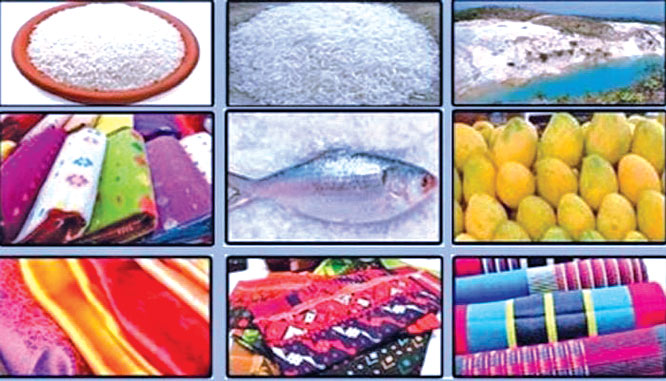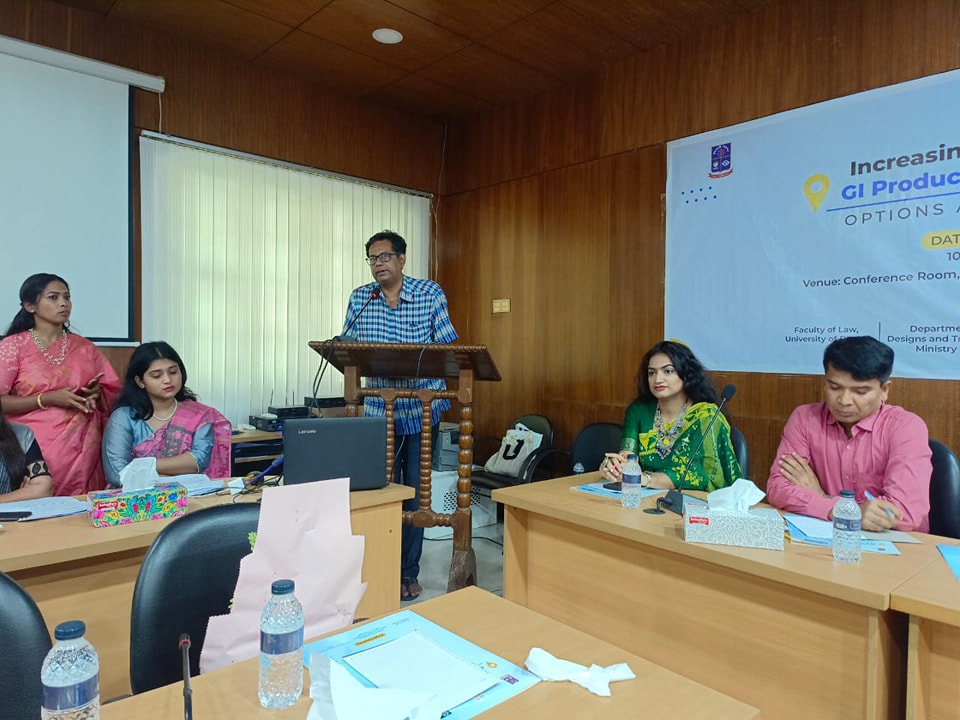GI or Geographical Indication basically means a geographical indication mark. When the soil, water, weather and culture of the local population of a country are significantly associated with the production of a product, it is deemed to be a product of geographical indication belonging to that country. A product needs to meet certain conditions in order to become a GI product of a country. The conditions are as follows:
The product must have a tradition of minimum of 50 years.
What are the unique features of the products?
How suitable is the climate and soil of the concerned area for producing the product?
What are the geographical features associated with the product?
Whether there is any river or sea nearby that area or region?
The amount of money earned on the basis of that product?
Whether the product is the only source of income for that community or the organization?
Whether the area is suitable for travel?
How closely associated is the product with the culture and tradition of the region?

Why GI products are needed:
GI products are local or regional products that can potentially be a significant source of income for the people of that region. GI products will create more employment for the local people, and preserving the products will also become much easier. We have hundreds of products with long, distinctive traditions that are exclusive to particular regions of our country. Obtaining GI rights can play a significant role in retaining and preserving the culture and heritage associated with those products. More GI products mean enhanced economic prosperity. GI status not only accelerates the branding of a special product belonging to a particular region of a particular country, it also helps the product’s culture and tradition get worldwide exposure. Thus, the demand for the product will increase not just within the country, but abroad as well. The increased demand outside the country will open up more export opportunities for GI products, which will consequently enhance the living standard of the people associated with the products and make significant contributions to the country’s overall economy. GI products can go a long way in helping the entrepreneurs of small, cottage and medium industries to widen their market and enhance their business progress, because GI products will assist the small local enterprises to survive in the market.
Current status of GI products:
11 Bangladeshi products received GI status. These are:
The Jamdani Sari of Dhaka
Hilsa fish (Tenualosa Ilisha)
Khirsapat Mango from Chapainawabganj
Muslin fabric
White clay of Netrakona
Rajshahi silk
Kataribhog rice of Dinajpur
Kaligira rice
Shatranji of Rangpur
Bagda prawn
Fazli Mango
Bangladesh introduced GI Act in 2013. Only 11 products received GI recognition since then against 435 of India. Bangladesh is way behind in GI registration. At present, through Facebook campaigns, various organizations are trying to raise awareness among people and make them more interested about GI products. Many of us are now working on GI product documentation which required us to visit different localities to collect information. Upon completion, we submitted our documents to the Department of Patents, Designs and Trademarks (DPDT), Ministry of Industries and District Commissioner’s office.
Necessity of increasing GI products:
Export plays a critical role to the economy of any country. The more a country’s products receive GI status, the more prosperous its economy would become. GI tag adds value to the product for it indicates that it is one of the best produces of that country. GI status will add value to Bangladeshi products and would give a major boost in promoting our country in international market. Experts believe that GI products have huge potential and would promote Bangladesh in the international market. Despite receiving GI status on 11 products, we have not seen any major increase in their exports.
The writer is President, e-Commerce Development Centre (EDC). Email: president@edcbn.com



